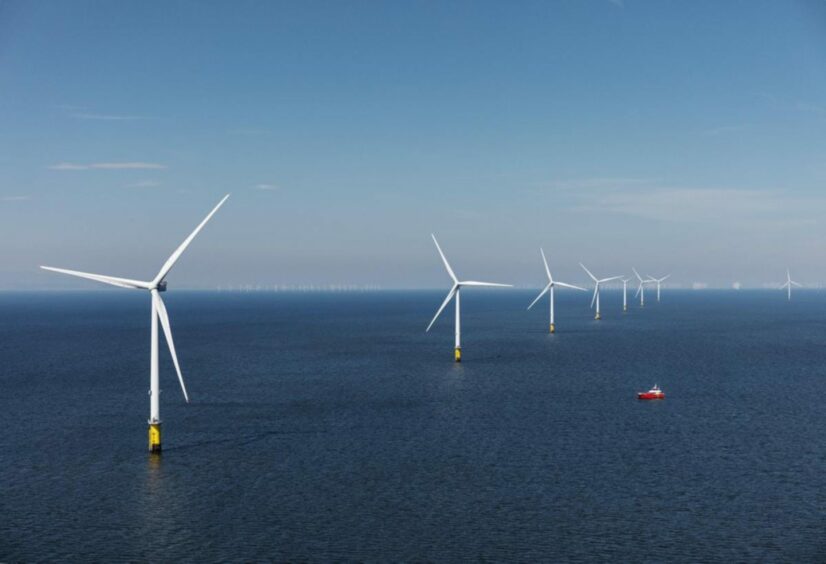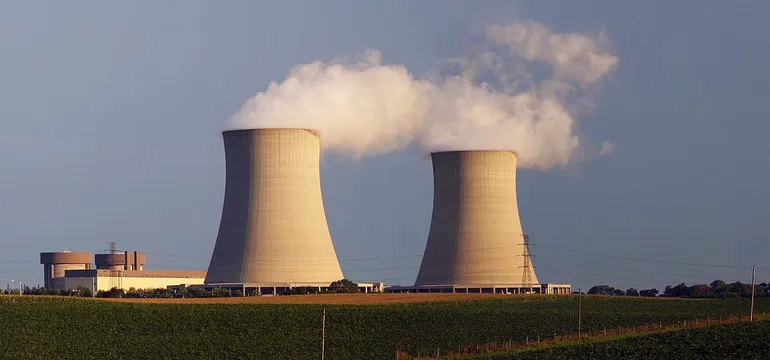
North America added three rigs week on week, according to Baker Hughes’ latest North America rotary rig count, which was published on February 21.
The U.S. added four rigs week on week, and Canada dropped one rig during the same period, taking the total North America rig count up to 836, comprising 592 rigs from the U.S. and 244 rigs from Canada, the count outlined.
Of the total U.S. rig count of 592, 576 rigs are categorized as land rigs, 14 are categorized as offshore rigs, and two are categorized as inland water rigs. The total U.S. rig count is made up of 488 oil rigs, 99 gas rigs, and five miscellaneous rigs, according to the count, which revealed that the U.S. total comprises 530 horizontal rigs, 49 directional rigs, and 13 vertical rigs.
Week on week, the U.S. land rig count increased by four, and the country’s offshore and inland water rig counts remained unchanged, the count highlighted. The U.S. oil rig count increased by seven, its gas rig count dropped by two, and its miscellaneous rig count dropped by one, week on week, the count showed. Baker Hughes’ count revealed that the U.S. horizontal rig count increased by six week on week, while the country’s directional rig count dropped by two and its vertical rig count remained unchanged during the period.
A major state variances subcategory included in the rig count showed that, week on week, Oklahoma added five rigs and West Virginia added one rig, while New Mexico and Utah each dropped one rig.
A major basin variances subcategory included in Baker Hughes’ rig count showed that the Cana Woodford basin added two rigs and the Ardmore Woodford, Granite Wash, and Marcellus basins each added one rig, week on week.
Canada’s total rig count of 244 is made up of 174 oil rigs and 70 gas rigs, Baker Hughes pointed out. The country’s gas rig count dropped by one week on week and its oil and miscellaneous rig counts remained unchanged during the period, the count showed.
The total North America rig count is down 21 compared to year ago levels, according to Baker Hughes’ count, which showed that the U.S. has cut 34 rigs and Canada has added 13 rigs, year on year. The U.S. has dropped 21 gas rigs and 15 oil rigs, and added two miscellaneous rigs, while Canada has added 33 oil rigs and cut 20 gas rigs, year on year, the count revealed.
In a research note sent to Rigzone by the JPM Commodities Research team on Friday, analysts at J.P. Morgan noted that “total U.S. oil and gas rigs rose by four to 592 this week”, adding that “oil-focused operators rose by seven to 488 rigs, a fourth consecutive gain” and that “natural gas-focused rigs fell by two to 99 rigs, retreating back below the 100 rig mark”.
In its previous rig count, which was released on February 14, Baker Hughes revealed that North America dropped two rigs week on week. Although the U.S. added two rigs week on week, Canada dropped four rigs during the same period, that count outlined. Baker Hughes’ February 7 rig count revealed that North America dropped five rigs week on week.
The company’s January 31 rig count showed that North America added 19 rigs week on week, its January 24 rig count revealed that North America added 12 rigs week on week, its January 17 count showed that North America added nine rigs week on week, and its January 10 rig count outlined that North America added 117 rigs week on week.
Baker Hughes’ January 3 rig count revealed that North America dropped one rig week on week, its December 27 rig count showed that North America dropped 71 rigs week on week, its December 20 rig count revealed that North America lost 25 rigs week on week, its December 13 rig count revealed that North America lost three rigs week on week, and its December 6 rig count revealed that North America lost four rigs week on week. The company’s November 27 count showed that North America’s total rig count increased by three week on week.
Baker Hughes, which has issued rotary rig counts since 1944, describes the figures as an important business barometer for the drilling industry and its suppliers. The company notes that working rig location information is provided in part by Enverus.
To contact the author, email [email protected]



















